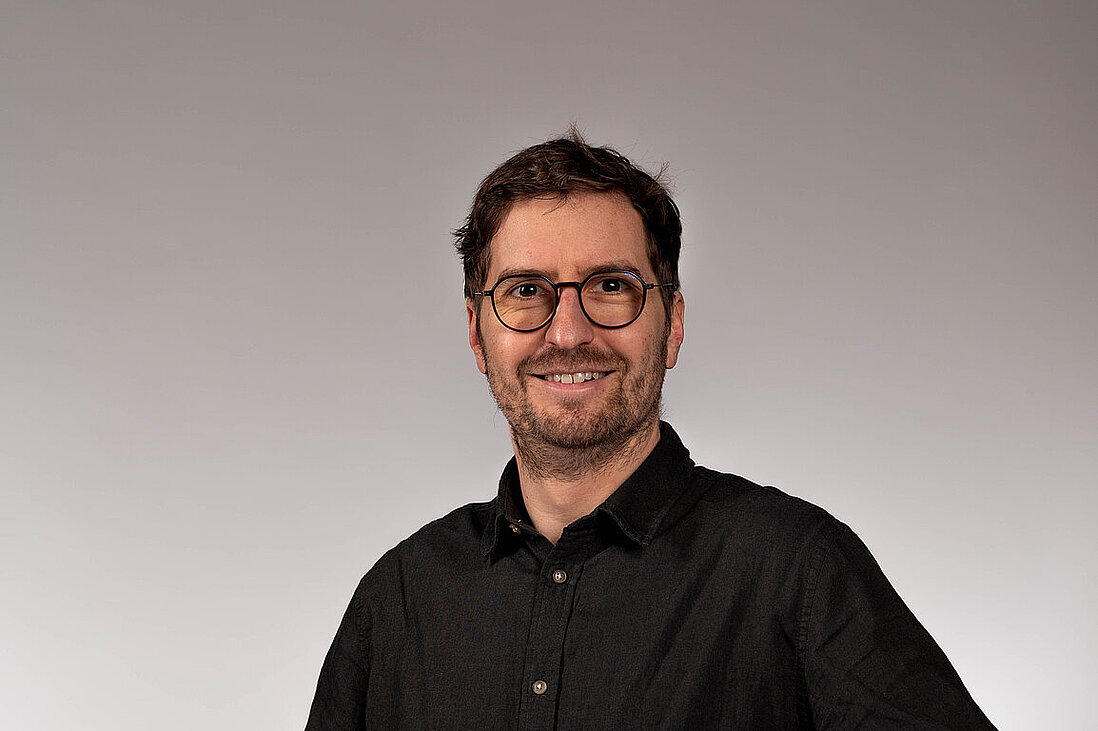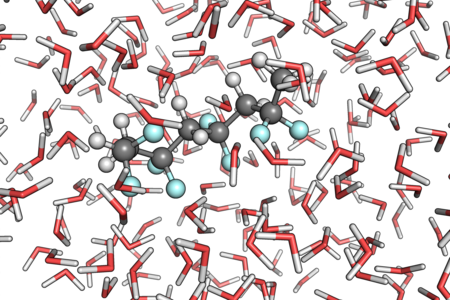The modeling and simulation unit accompanies experimental work at the institute employing mathematical models. Focus is the combination of theory and experiment to provide detailed insights into mechanisms and material properties. Objective is to optimize processes and design materials in a targeted manner. Computational approaches are used across a wide range of dimensions and time scales. At the subatomic level, these are primarily methods from static quantum chemistry where density functional theory calculations are complemented by post-Hartree-Fock approaches. Force field models are employed at the atomic level and to study dynamical processess up to the µs time scale. Finite element methods and stochastic rate equations are mainly employed on mesoscopic scales and long time scales.


Highlights
Optimizing the deposition rate and ionized flux fraction by tuning the pulse length in high power impulse magnetron sputtering
Optimizing the deposition rate and ionized flux fraction by tuning the pulse length in high power impulse magnetron sputtering
M. Rudolph, N. Brenning, M.A. Raadu, H. Hajihoseini, J.T. Gudmundsson, A. Anders, D. Lundin
Plasma Sources Sci. Technol. 29 (2020) 05LT01
DOI: 10.1088/1361-6595/ab8175High power impulse magnetron sputtering (HiPIMS) is an ionized physical vapor deposition technique. It typically has a lower deposition rate compared to direct current magnetron sputtering (dcMS). It is shown that by shortening the pulse length while keeping the peak discharge current constant, the deposition rate increases without compromising the ionized flux fraction.
Reagent-free programming of shape-memory behavior in gelatin by electron beams: Experiments and modeling
Reagent-free programming of shape-memory behavior in gelatin by electron beams: Experiments and modeling
S. Riedl, S. G. Mayr
Phys. Rev. Appl. 9 (2018) 024011
https://doi.org/10.1103/PhysRevApplied.9.024011We show how gelatine can be transformed into a material with a shape memory effect by electron beam irradiation. In addition to the experimental quantification of this effect, a modeling approach is presented that allows to predict material properties.
Low-Temperature Photochemical Conversion of Organometallic Precursor Layers to Titanium(IV) Oxide Thin Films
Low-Temperature Photochemical Conversion of Organometallic Precursor Layers to Titanium(IV) Oxide Thin Films
P. C. With, U. Helmstedt, S. Naumov, A. Sobottka, A. Prager, U. Decker, R. Heller, B. Abel, L. Prager
Chem. Mater. 28 (2016) 7715-7724
https://doi.org/10.1021/acs.chemmater.6b02757Titanium oxide coatings can be obtained from organometallic precursors at atmospheric pressure and close to room temperature. Quantum chemical calculations complement the experimental work and provide insight into the mode of action.





